
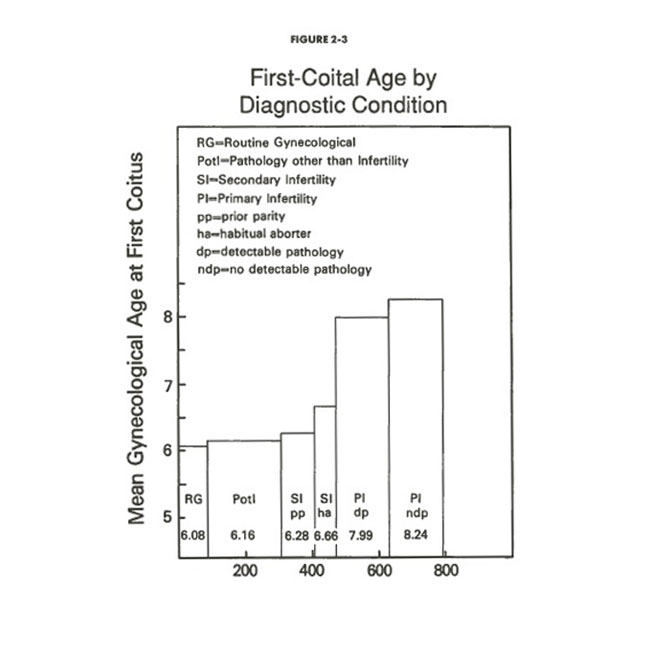
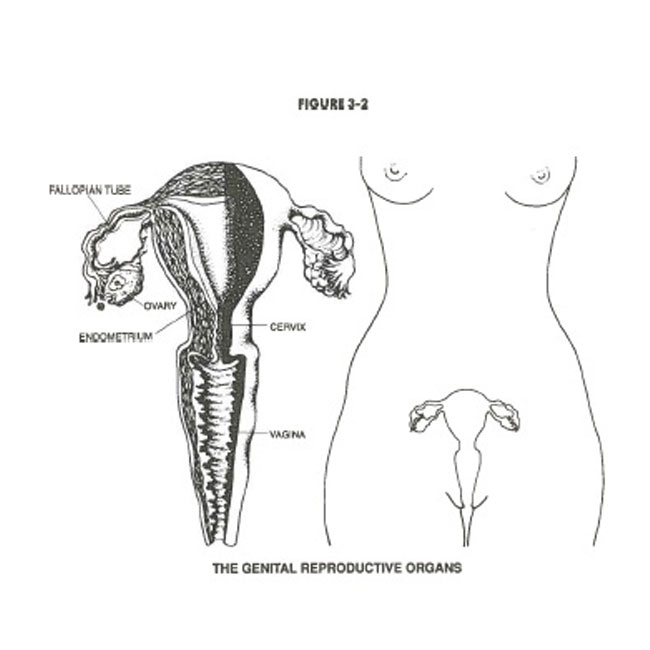


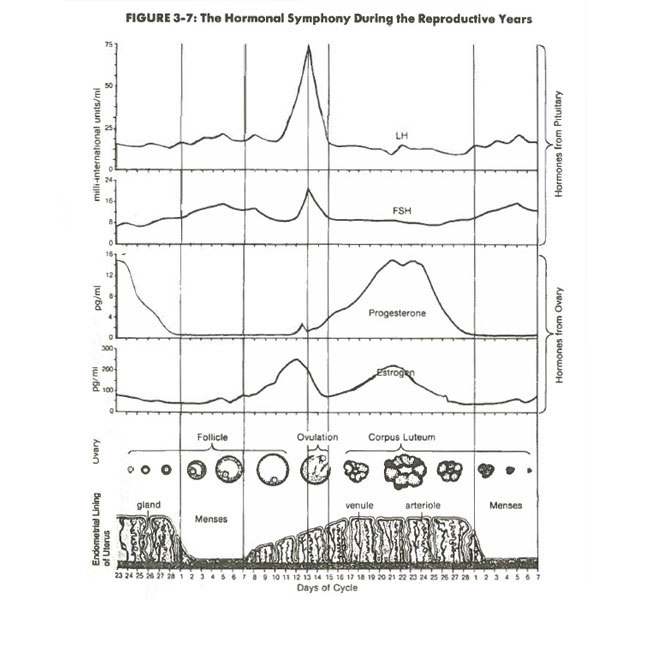
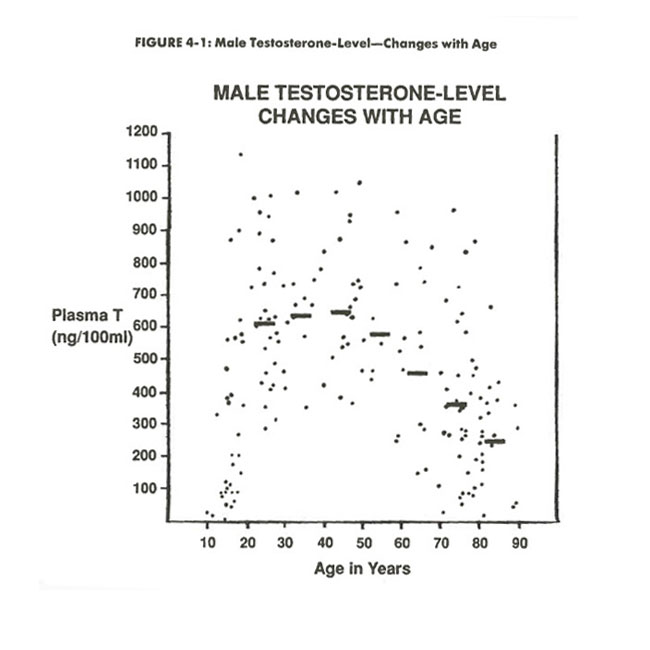
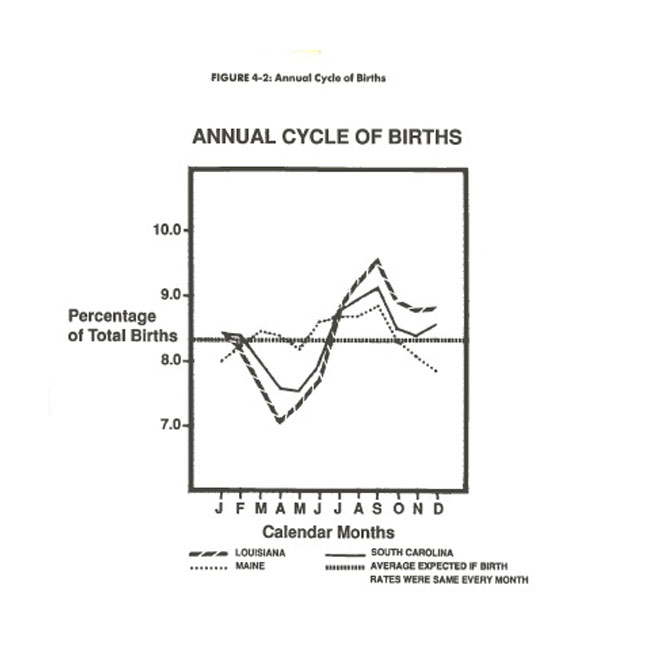
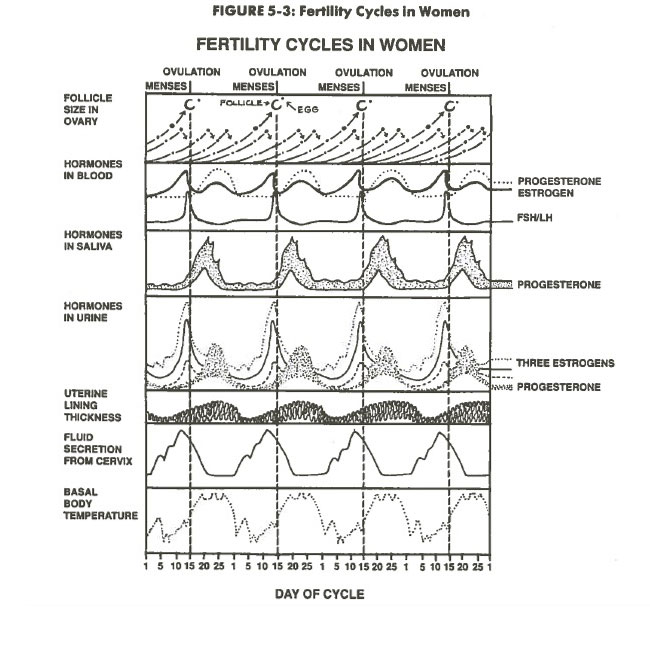
Listed below are 23 of the scientific peer-reviewed studies published in scholarly journals since 1979 showing the time course of the development which led to Dr. Cutler's formulation of the two proprietary formulas: Athena Pheromone 10Xtm and Athena Pheromone 10:13tm. (Scholarly visitors may click on each title to read the full study.) Nine overview graphics from Dr. Cutler's book: Love Cycles are also included for perspective.

Dr. Cutler's early studies led to her 1986 co-discovery of human sex attractant pheromones and then to develop her proprietary formulas. These topical pheromone cosmetics were proven effective to increase sexual attractiveness in 3 double blind, placebo-controlled studies published in 3 different prestigious peer reviewed scientific journals. In 1999, she presented a 90 minute invited lecture, entitled: "Pheromones as Sex Attractants" for Continuing Medical Education credits to physicians at the annual convention of the American College of Obstetricians and Gynecologists in Philadelphia.
1. As a graduate student in biology at the University of Pennsylvania. Dr. Cutler conducted a series of studies demonstrating women's fertility was enhanced by regular intimate exposure to a man, measured by menstrual cycle length, ovulatory patterns and sex hormone levels. Neither coitus nor orgasm were necessary; hugging, petting and affection were sufficient. But regular weekly (or even more often) behavior was necessary. Sporadic behavior disrupted the women's cycles. Significantly, these studies showed a man provided something a woman could not provide for herself left to her own devices.
Here are these studies:
Sexual Behavior Frequency and Menstrual Cycle Length in Mature Premenopausal Women. Psychoneuroendocrinology 4: 297-309, 1979.
Luteal Phase Defects: A Possible Relationship Between Short Hyperthermic Phase. Hormones and Behavior 13:; 214-218, 1979.
Infertility and Age at First Coitus: A Possible Association. J. Biosoc Sci 11:425-432, 1979.
Sporadic Sexual Behavior and Menstrual Cycle Length in Women. Hormones and Behavior 14: 163-172, 1980.
The Psychoneuroendocrinology of the Ovulatory Cycle of Women. Psychoneuroendocrinology 5(2): 89-111, 1980.
From Dr. Cutler's book: Love Cycles: The Science of Intimacy below are 10 of the most useful figures illustrating the work leading to the search for pheromones.









Lunar and Menstrual Phase Locking American Journal of Obstetrics and Gynecology AM. J. OBSTET. GYNECOL. 137:834 1980
2. Awarded a postdoctoral fellowship in behavioral endocrinology at Stanford University, Dr.Cutler studied women's end stage of fertility. Her research at Stanford, co-founding the Stanford Menopause Study similarly found that intimate exposure to a man was associated with delayed onset of a woman's menopause, impeded hot flashes and elevated her sex hormone levels.
Relationships Among Sexual Behavior, Hot Flashes, and Hormone Levels in Perimenopausal Women. Arch Sexual Behavior 14(5) 385-394, 1985.
Perimenopausal Sexuality. Archives of Sex Behavior: 16:3:225-234.1987.
3. Returning to Penn as a Research Associate and Co-Founder of the Women's Wellness Program at the Hospital of the University of Pennsylvania. With her mentor, Celso Garcia, MD, in the Gynecology Department, Dr. Cutler's continuing research studies found that intimate exposure to a man enhanced a woman's fertility, if the timing was correct.
Sexual Behavior Frequency and Fertile-type Menstrual Cycles. Physiology and Behavior 34: 805-810, 1985.
Sexual Behavior and Steroid Levels Among Gynecologically Mature Premenopausal Women. Fertil Steril 45(4):496-502, 1986.
Interpersonal influences on female reproductive endocrinology. Clinical Practice in Sexuality 3:8:24-28, 1987.
Perimenopausal Sexuality. Archives of Sex Behavior: 16:3:225-234.1987.
Coitus and menstruation in perimenopausal women. J Psychosom Obstet Gynecol 17:149-157, 1996.
4. Searching for "What was the ingredient men provided" At Penn and in collaboration with the affiliated Monell Chemical Senses Center, Dr. Cutler conducted the search for pheromonal substances. Axillary secretions were extracted from sexually active fertile men and women, then pooled and frozen. Thawed a year later the axillary secretions were applied to the mustache region of naïve subjects. These studies provided the first proof that human pheromones existed by producing similar outcomes to those already demonstrated previously by intimate behavior. Worldwide media coverage reported the significant discovery of Dr. Cutler and her colleagues.
Human Axillary Secretions Influence Women's Menstrual Cycles: The Role of Donor Extract from Men. Hormones and Behavior 20:463-473, 1986.
Human Axillary Secretions Influence Women's Menstrual Cycles: The Role of Donor Extract from Women. Hormones and Behavior 20:474-482. 1986.
Interpersonal influences on female reproductive endocrinology.Clinical Practice in Sexuality 3:8:24-28. 1987.
Pheromonal Influences on Sociosexual Behavior in Men. Archives of Sexual Behavior 27:1-13. 1998.
5. Developing the formulas
In 1986 Dr. Cutler left Penn to found The Athena Institute for Women's Wellness. By 1991, Dr. Cutler had completed the formulation of her pheromone cosmetic fragrance additives, which were finally ready for testing. In 1993, the product for women, trademarked Athena Pheromone 10:13tm, was marketed to substantial media publicity. And in 1995, the men's cosmetic launched: Athena Pheromone 10Xtm.
6. Controlled experiments proving efficacy of Athena Pheromones
In Philadelphia, Dr. Cutler and colleagues conducted a double blind placebo-controlled 8-week study of the men's product demonstrating a 74% efficacy.
Pheromonal Influences on Sociosexual Behavior in Men. Archives of Sexual Behavior 27:1-13 1998.
7. Independent proofs of efficacy
In 2001, two independent studies were completed testing the women's product. The San Francisco study of women aged 19 to 48 proved 74% efficacy and the Boston study of postmenopausal women 47 to 75 showed 68% positive results. Both studies were published in peer-reviewed journals.
8. Subsequent overviews for medical specialties
Wellness in Women After 40 Years of Age: The Role of Sex Hormones and Pheromones. Disease-A-Month, 1998; 44:423-546
Human Sex-Attractant Pheromones: Discovery, Research, Development, and Application in Sex Therapy. Psychiatric Annals 1999; 29:54-59, 1999.
Pheromones, sexual attractiveness and quality of life in menopausal women. Climacteric. 2002; 5, Number 2, page. 112-121
Evidence that Sex Attractant Pheromone Effects Strengthen with Continued Use. Poster presentation by Dr. Winnifred Cutler at ASRM Annual Meeting. October 2005
"Good scientific research is more Accretion than 'Eureka'!" -- Dr Winnifred Cutler
Dr. Cutler's pheromone science has been "bottled" into vials of unscented fragrance additives that increase wearers' sexual attractiveness. AVAILABLE FOR PURCHASE HERE